Matter matters. And when it comes to solids, liquids, and gases, we want students to do more than just memorize definitions—we want them to see, touch, and even control matter itself (without breaking any laws of physics, of course). Here are three hands-on ways to bring the three states of matter to life in your classroom.
1. Scavenger Hunt: Capture the States of Matter 📸
First up, send your students on a high-stakes mission: a scavenger hunt! Armed with iPads, they’ll search the school for examples of solids, liquids, and gases, snapping pictures as evidence. A desk? Solid. A juice box? Liquid. That steady stream of steam coming out of the kettle on the teacher’s desk as she’s ready to pour herself a cup of tea? Gas.
Once students have their visual evidence, they can compile their findings into Seesaw, proving once and for all that they know their H₂O from their CO₂.
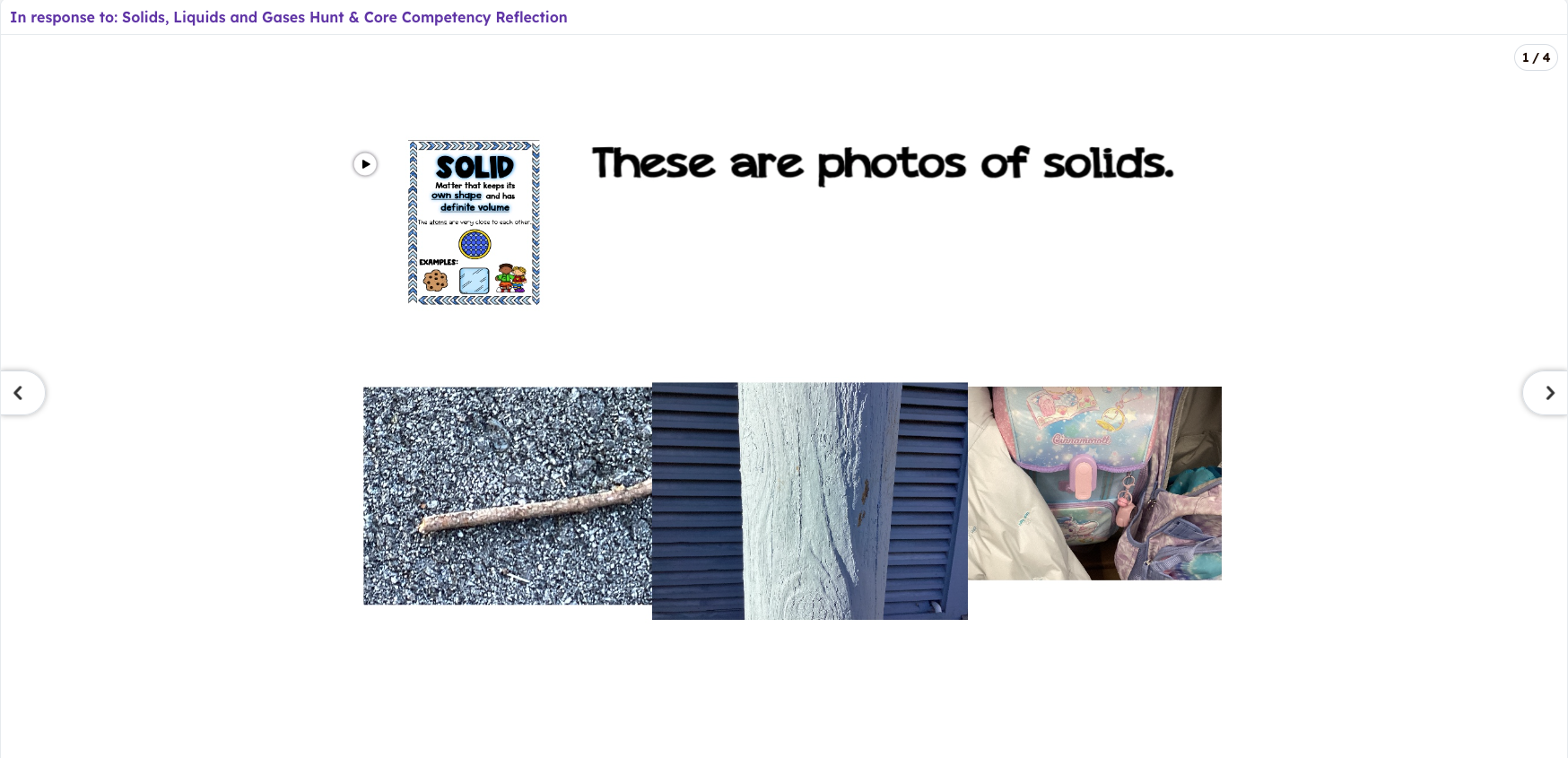
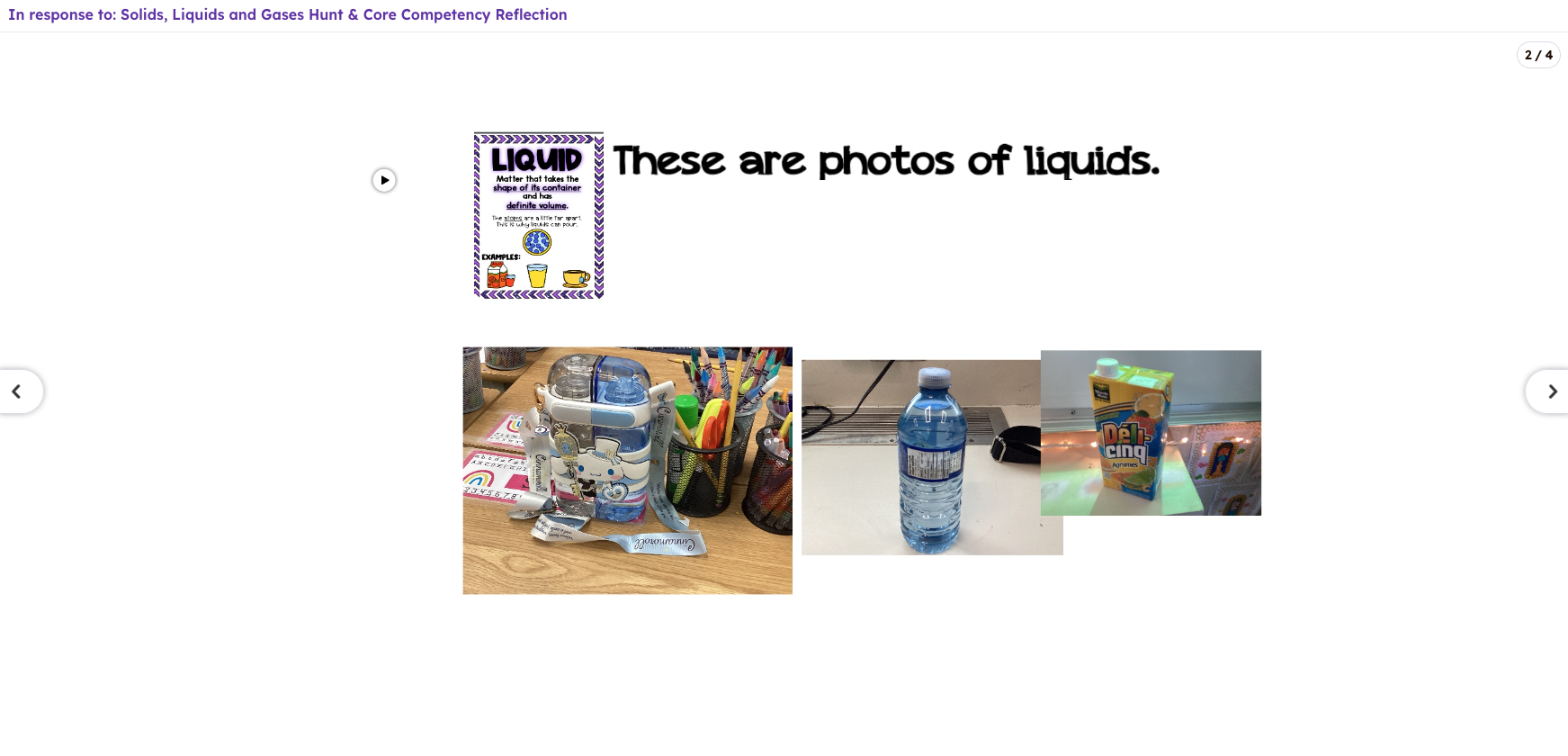
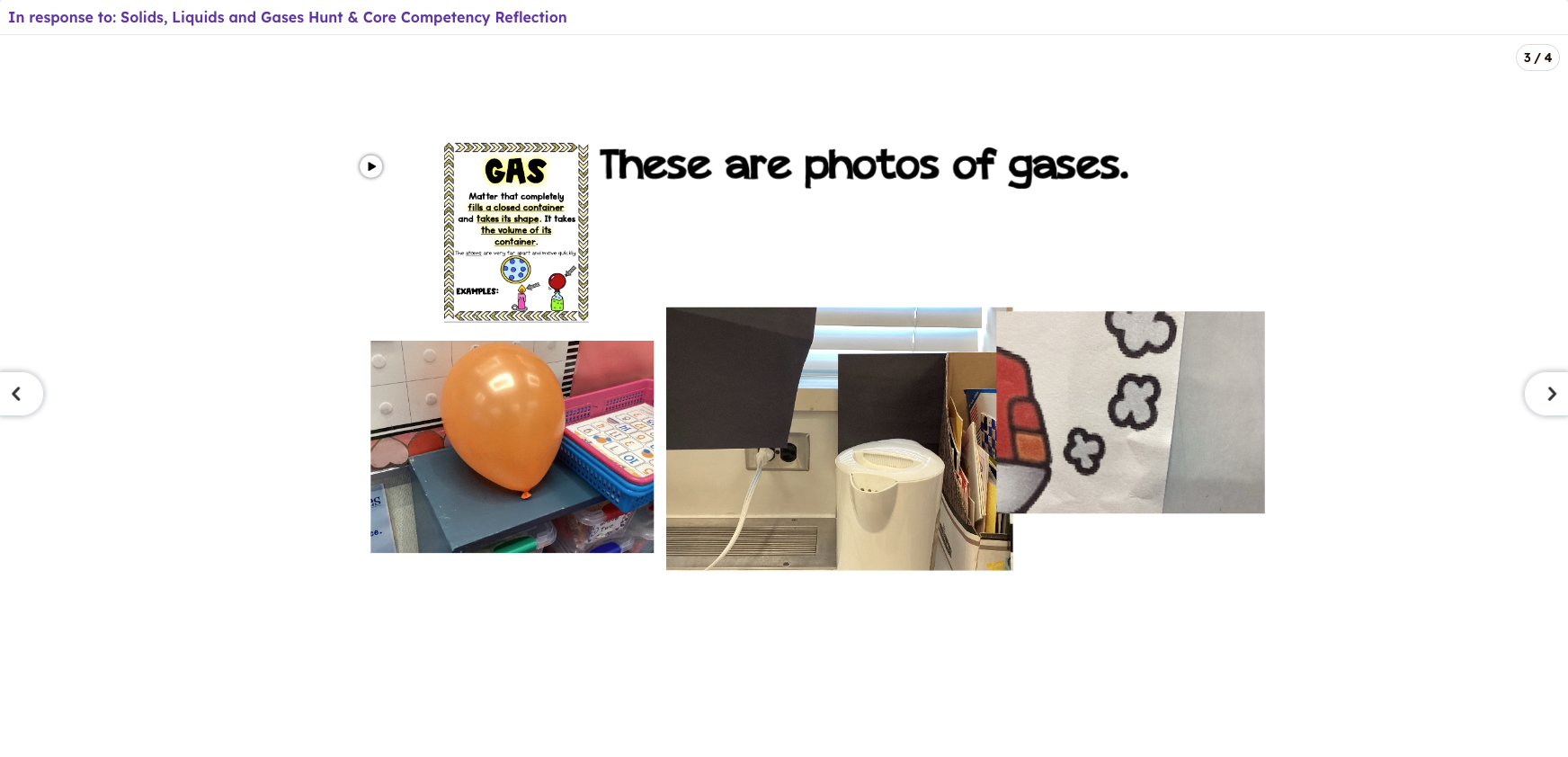
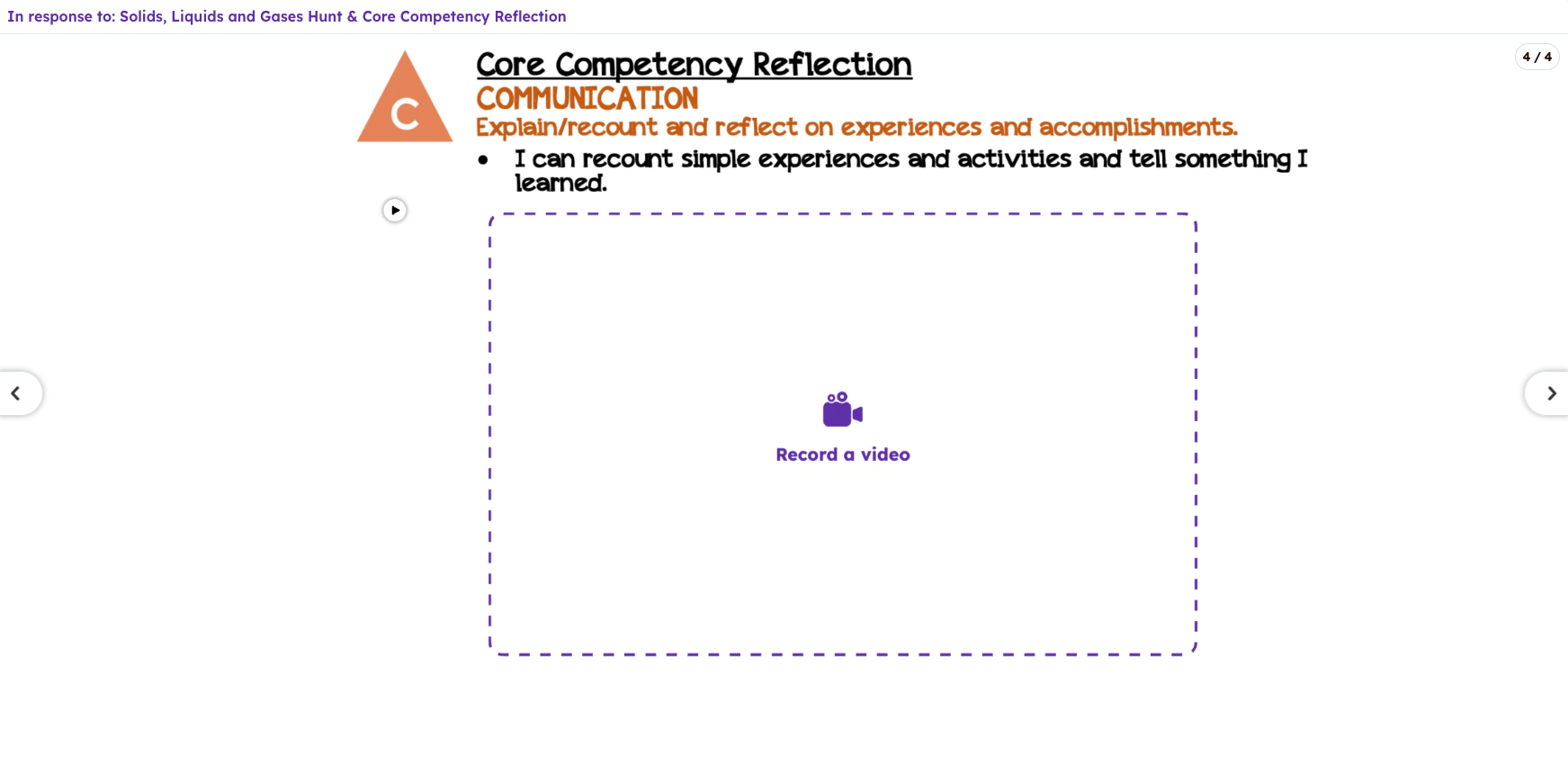
Solids, liquids, gases... AND reflections!
2. Oobleck: The Substance That Refuses to Be Labeled 🧪
Is it a solid? Is it a liquid? Yes.
Oobleck (a simple mixture of cornstarch and water) is a non-newtonian fluid that defies the neat categories of matter by behaving like both a solid and a liquid, depending on how you treat it. Have students mix up a batch and then document their discoveries. What happens when they poke it quickly versus when they let their fingers sink in? How does it behave when they try to pour it? Bonus points if they can resist the urge to fling it across the room.
Using their iPads, students can take turns recording videos of each other interacting with the oobleck so they can make observations on what is happening, and reflect on what this tells them about the fluid nature (pun intended) of matter.
Who doesn't love oobleck? Maybe custodians...
3. Particle Dance Party (with Spheros!) 💃
Now it’s time for students to become the particles. But rather than making them run around the room at different speeds (tempting as it may be), let’s bring in some Spheros — those lovable and programmable little robots that roll, spin, and bump with precision. However, instead of programming, in this case, we can just allow students to “drive” them around to mimic the behavior of matter at different states:
- 🪨 Solids: Robots move slowly and stay tightly packed together.
- 💧 Liquids: Robots spread out a bit and start gliding past each other.
- 💨 Gases: Full-on chaos mode—fast, free, and all over the place.
Watching their robots act like particles gives students a concrete (solid!) way to understand how matter behaves at different temperatures.
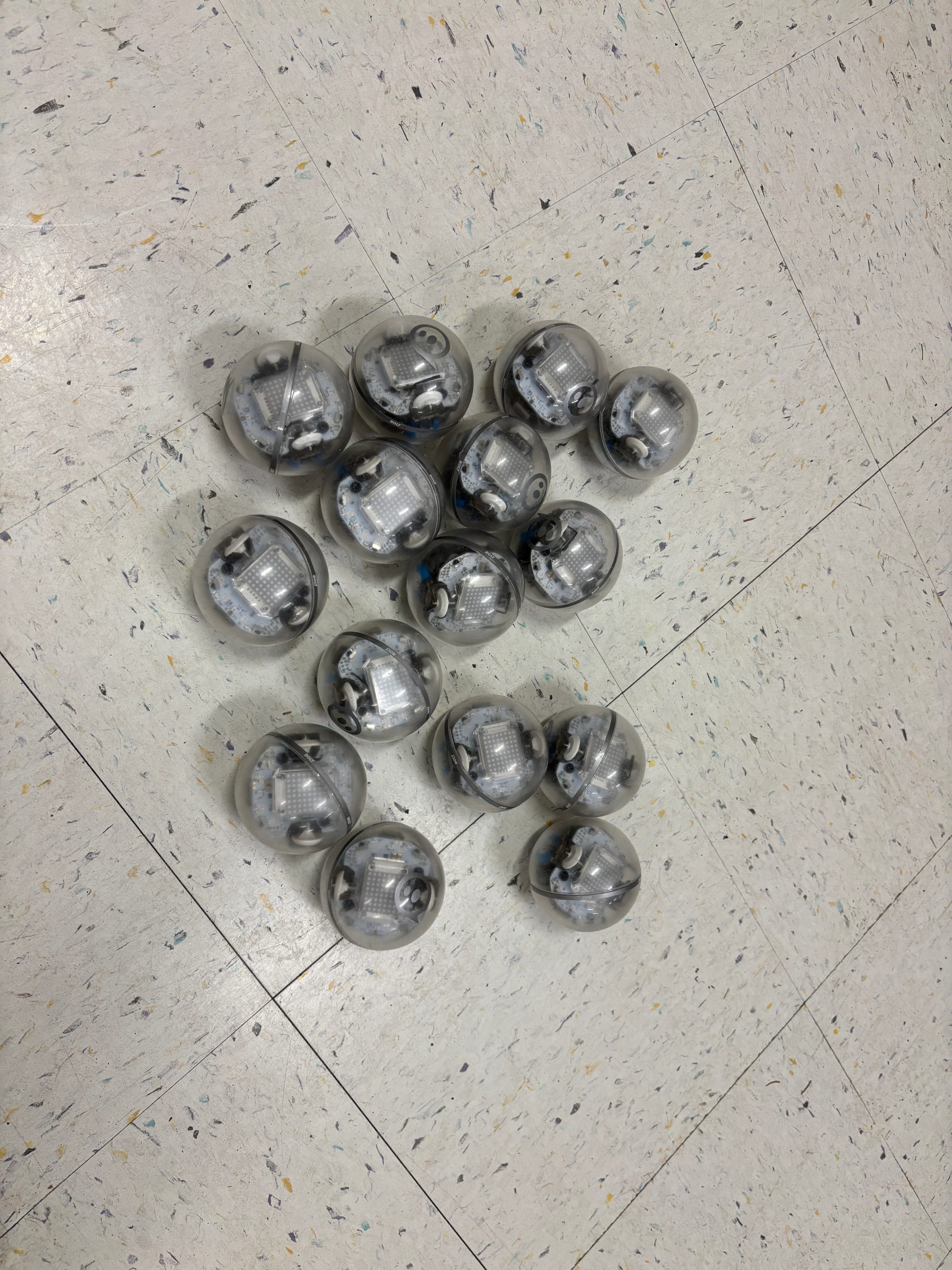
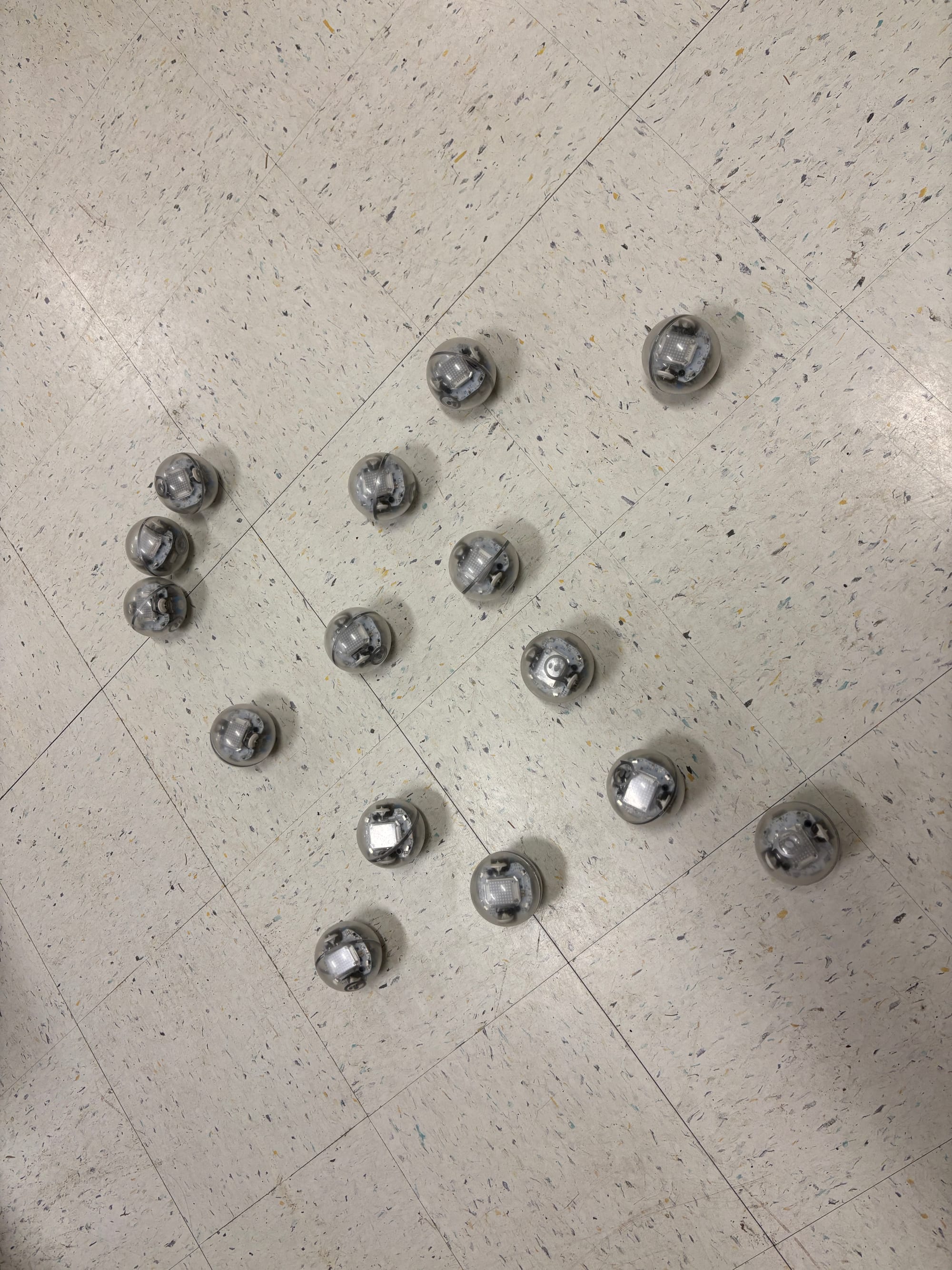
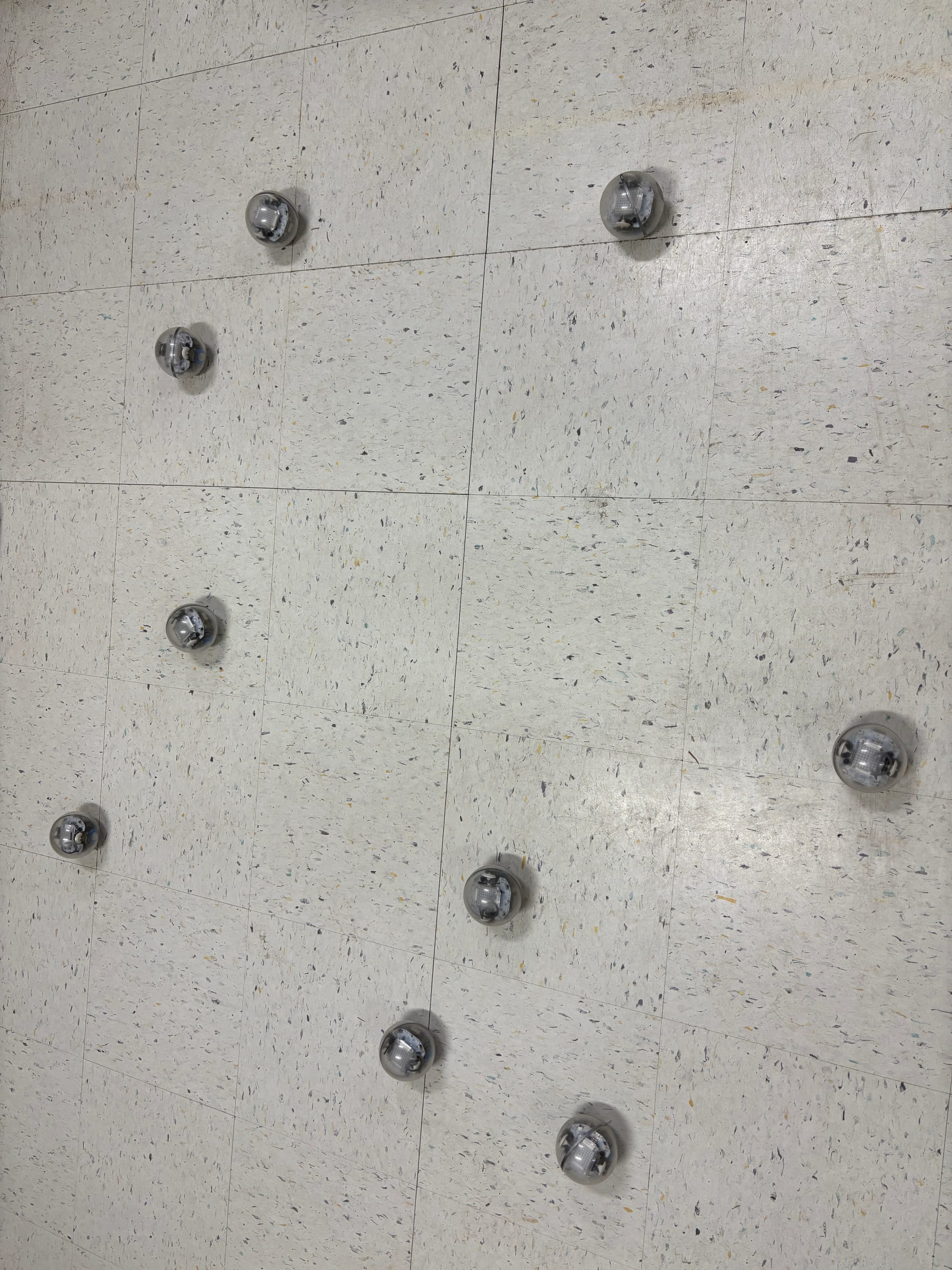
We can be particles?
Making Matter Make Sense
From hunting down matter in the wild to playing with substances that refuse to be categorized, these activities help students see that science isn’t just something that lives in a textbook—it’s all around us. Whether they’re documenting their findings, making a mess, or making robots to do their bidding, they’re engaging with key scientific principles in a way that sticks.
Which State of Matter Are You?
Take this quirky quiz.

